

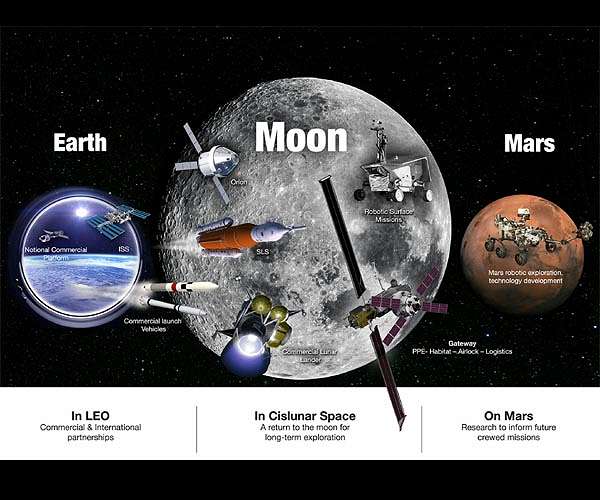
NASA has published two white papers addressing considerations for the Moon to Mars architecture, highlighting the need for efficient mobility and cargo transport on the moon's surface. These papers also emphasize the current gaps in capabilities for such endeavors and aim to communicate relevant information to stakeholders. The release of these papers deviates from the usual yearly cycle, showcasing the importance of these topics in the ongoing push for human-led deep space exploration.
NASA Releases White Papers on the Moon to Mars Architecture
The National Aeronautics and Space Administration (NASA) has released two white papers addressing key considerations for its Moon to Mars architecture. These papers highlight the need for efficient mobility and cargo transport on the Moon's surface, as well as the current gaps in capabilities for such endeavors.
Background
NASA's Moon to Mars architecture envisions a phased approach to human space exploration, beginning with the Artemis program that will return astronauts to the Moon by 2024. From there, NASA plans to establish a sustainable human presence on the Moon, which will serve as a proving ground for technologies and operations that will eventually be used for missions to Mars.
White Papers
The two white papers released by NASA provide detailed information on the following topics:
Significance
The release of these white papers underscores the importance of mobility and cargo transport on the Moon's surface as critical enabling technologies for human space exploration. The papers also serve as a call to the scientific community and industry to develop innovative solutions to address the identified gaps in capabilities.
FAQs
1. What is the Moon to Mars architecture?
The Moon to Mars architecture is NASA's plan for a phased approach to human space exploration that will return astronauts to the Moon, establish a sustainable human presence there, and eventually send astronauts to Mars.
2. What is the purpose of the white papers?
The white papers provide detailed information on the challenges and requirements for mobility and cargo transport on the Moon's surface, as well as the current gaps in capabilities that need to be addressed.
3. What are the current gaps in capabilities?
The current gaps in capabilities for the Moon to Mars architecture include areas such as power generation, propulsion, and life support.
4. Why are mobility and cargo transport important for human space exploration?
Mobility and cargo transport are critical enabling technologies for human space exploration because they allow astronauts to explore the surface of the Moon and transport equipment and supplies.
5. What is the next step in the Moon to Mars architecture?
The next step in the Moon to Mars architecture is the Artemis program, which will return astronauts to the Moon by 2024.
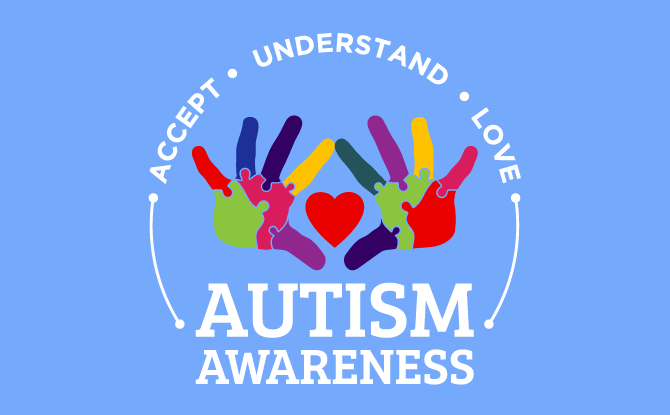
On April 2, the world recognizes World Autism Awareness Day, bringing attention to the challenges faced by individuals with autism. The term "autism" was first introduced in 1911 and has been further defined and understood since then. As a wide range of developmental disorders, each diagnosis is unique, making it important to understand and support those on the spectrum. This day aims to raise awareness and promote understanding and support for individuals and their families.

In light of World Autism Awareness Day, experts, including a paediatric neurologist and a RCI-certified special educator, discuss the role of technology in assisting children with Autism Spectrum Disorder (ASD). They highlight the benefits of alternative communication devices, which can aid non-verbal children in expressing their emotions effectively. Furthermore, they share insights on the various technological tools and interventions that can enhance the learning and development of children with ASD.
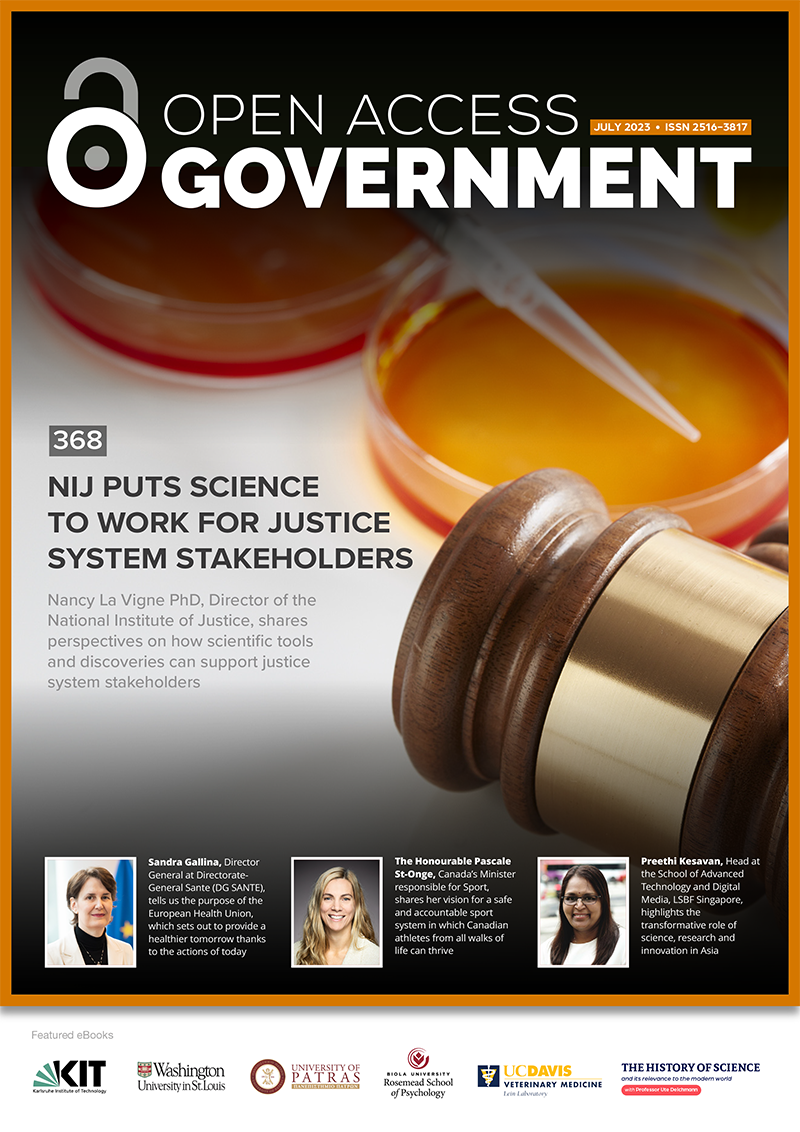
With a wide range of publications, eBooks, and research articles, Open Access Government is a pioneering platform that shares relevant and comprehensive information on health, workplace, digital transformation, and other critical topics. As a Crossref Sponsored Member, the platform connects research content across the globe, strengthening the research communication network. With an impressive membership of over 20,000 organizations from 160 countries and support for billions of API queries, Crossref plays a significant role in promoting a collaborative and innovative research environment.
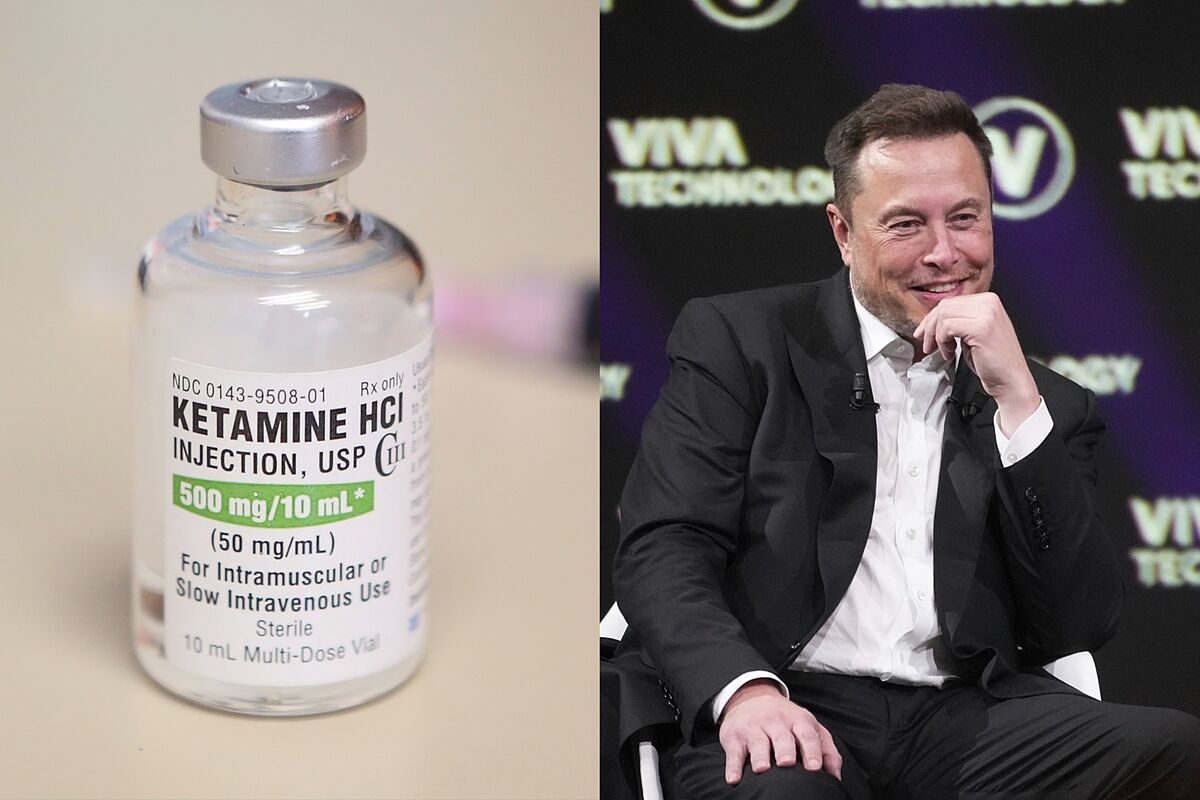
The use of ketamine as a treatment for depression has gained attention after Tesla and SpaceX CEO Elon Musk revealed that he uses the drug every other week. Derived from PCP, ketamine is a Schedule X drug that is regulated and monitored in India by prescribing doctors. While it has shown promise in managing mental health conditions, the euphoric effects of ketamine can lead to addiction if not supervised by a doctor.

A personal journey of discovering the true meaning of meditation leads to the realization of the role of Pranayama in enhancing the practice. Pranayama not only calms the mind and reduces thoughts, but also acts as a bridge between universal energy and ourselves, leading to a deeper connection in meditation. However, the importance of proper breath regulation and caution during kumbhaka is emphasized to avoid potential dangers and achieve optimal results in meditation.

Medindia, a leading health information website, has launched a new feature called Health Watch which aims to provide accurate and informative content on various health-related topics. The feature will include articles, e-books and consultations with qualified physicians, making it a one-stop destination for medical information. This initiative by Medindia is set to revolutionize the way people access and use health-related information, ensuring they have access to reliable and trustworthy sources for their health needs.
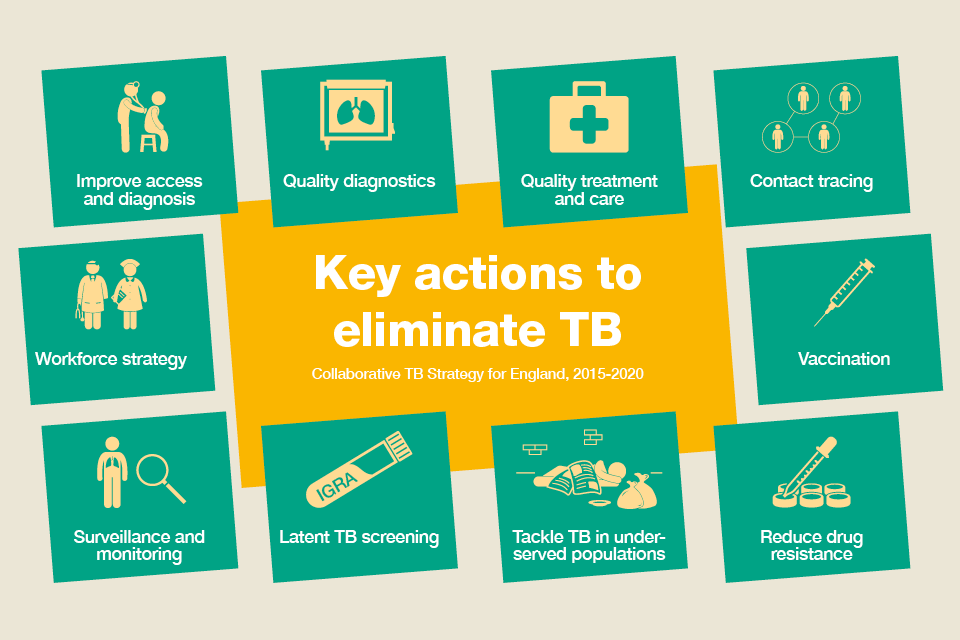
In the fight against tuberculosis, preventing the disease is just as important as treating it. According to Dr. Shweta Bansal of Artemis Hospitals, improving your immune system through diet, air quality, hygiene, and managing stress can significantly reduce your risk of TB. Her advice to avoid processed foods, maintain good hygiene, and get enough rest and relaxation serves as a crucial reminder to prioritize our overall health in preventing diseases like tuberculosis.

Every year, March 24 is observed around the world as World Tuberculosis Day to raise awareness about the ongoing fight against TB. This year's theme is "Yes! We Can End TB: Commit, Invest, Deliver," highlighting the crucial role of sustained commitment, financial investment, and effective interventions in eradicating this deadly disease. This day holds historical significance, dating back to 1882 when Dr. Robert Koch discovered the bacterium responsible for TB. Join India and the rest of the world in commemorating this day and working towards a TB-free future.

On World Tuberculosis Day 2025, learn about the symptoms of TB and how you can reduce your risk. The theme for this year's World TB Day is "Yes! We Can End TB", highlighting the collective effort needed to eliminate this disease. Prime Minister Narendra Modi has pledged to make India TB-free by 2025, ahead of the global target.

As we celebrate World Water Day, it's important to understand the importance of staying hydrated for our overall health. While the commonly known advice is to drink eight glasses of water a day, it actually varies for each individual. According to experts, women should drink 11.5 cups of water and men should drink 15.5 cups a day. However, factors such as diet and lifestyle also play a role in determining one's daily water intake. So let's decode the confusion and understand our specific water needs.